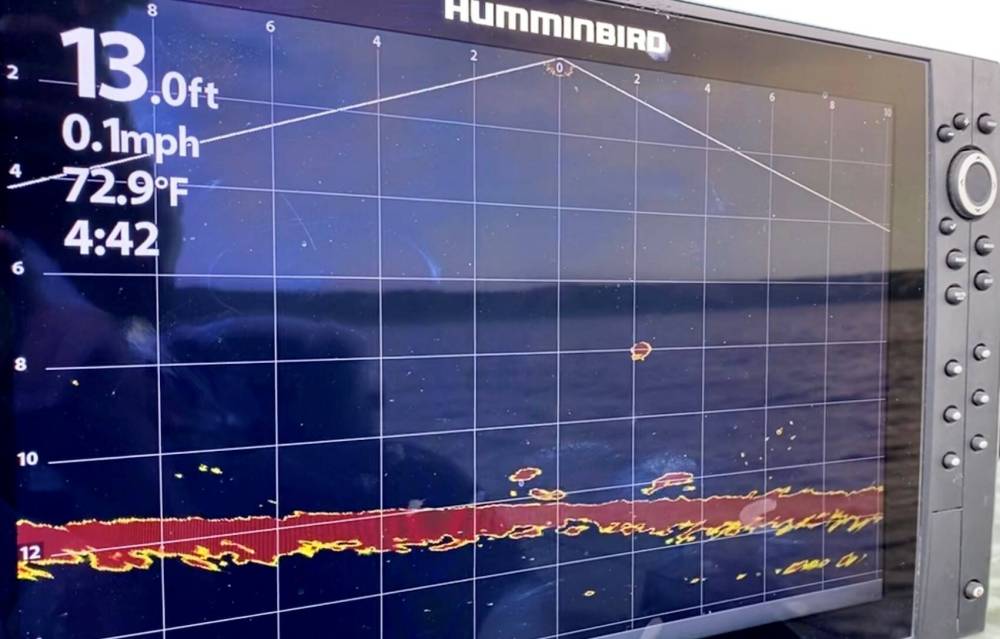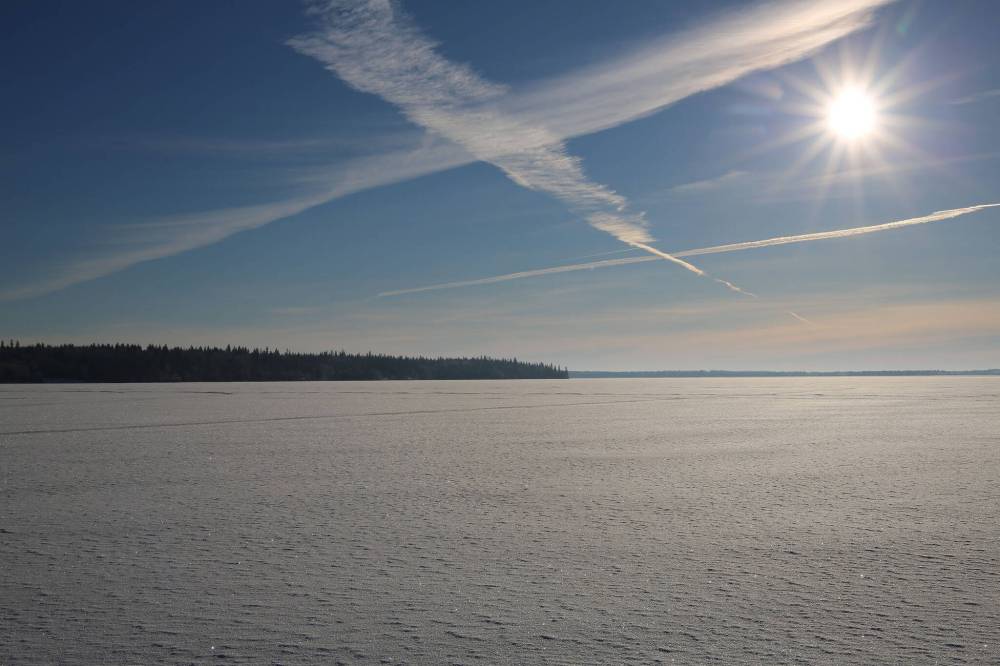Time to hit the ice
Decent freeze-up good news for winter fishers
Advertisement
Read this article for free:
or
Already have an account? Log in here »
To continue reading, please subscribe:
Monthly Digital Subscription
$0 for the first 4 weeks*
- Enjoy unlimited reading on winnipegfreepress.com
- Read the E-Edition, our digital replica newspaper
- Access News Break, our award-winning app
- Play interactive puzzles
*No charge for 4 weeks then price increases to the regular rate of $19.00 plus GST every four weeks. Offer available to new and qualified returning subscribers only. Cancel any time.
Monthly Digital Subscription
$4.75/week*
- Enjoy unlimited reading on winnipegfreepress.com
- Read the E-Edition, our digital replica newspaper
- Access News Break, our award-winning app
- Play interactive puzzles
*Billed as $19 plus GST every four weeks. Cancel any time.
To continue reading, please subscribe:
Add Free Press access to your Brandon Sun subscription for only an additional
$1 for the first 4 weeks*
*Your next subscription payment will increase by $1.00 and you will be charged $16.99 plus GST for four weeks. After four weeks, your payment will increase to $23.99 plus GST every four weeks.
Read unlimited articles for free today:
or
Already have an account? Log in here »
Hey there, time traveller!
This article was published 04/12/2021 (1474 days ago), so information in it may no longer be current.
It seems hard to believe it’s December already with Christmas not too far in the future. It does mean that ice fishing season has arrived.
With the onset of somewhat cooler temperatures, many areas of the province have lakes with enough ice to walk on. The stocked trout lakes in the central and northern parts of the province are producing outstanding catches of rainbow trout, brook trout and brown trout. Most of the trout lakes in the Duck Mountains have decent ice on them. Beautiful Lake has been hot for both big brown and rainbow trout.
One of the pleasant surprises of the early season ice season has been Lake of the Prairies. It has been a great freeze-up with beautiful smooth ice with a lack of snow cover. Water clarity is also outstanding with about four metres of clarity.

Phil Paczkowski, who owns Patches Tackle in Roblin, says a bit of snow cover would probably help the success ratio for walleye. He says right now you could skate for miles. He believes the walleye are a bit spooky with that lack of cover. Anglers who are doing the best are fishing on top of the bit of frazil ice closer to shore. Ice thickness is currently seven inches in most places. He thinks he will be able to get his ice shack rentals going by about Dec. 10.
Closer to home, the Red River has had a decent freeze-up with five inches of ice in most places. As in any early ice trip, caution is a must. Fish with at least one other person and check ice constantly. Most early ice anglers do have floater suits and ice picks around their neck. With some cold weather in the forecast for the near future, most anglers will be waiting for thicker ice.
Over the 40-plus years I have been ice fishing a lot has changed. When I first ventured out on the ice in the early ’70s, I would take my Lowrance flasher unit with me, the transducer taped to a stick that I could shove down the hole. I had a little plastic box with a battery in it and a gimbal mount to hold the flasher bracket. While rudimentary, it still supplied the necessary information on depth and possible fish activity.
It is not surprising that the flasher became a staple on the ice fishing scene for years with its instant return and efficiency. My current flasher, the Humminbird Ice 55 is much more efficient than the old ones but the result at the end of the day is still the same.
Things have really started to change, especially in the last three years, with the introduction of forward, side and 360-degree imaging.
Garmin changed the ice fishing world when it introduced LiveScope Imaging. Suddenly you could point your transducer in any direction and get an instant read-back on the unit of fish activity in your area.
I can remember first seeing it in action on Lake Winnipeg while fishing with a friend in his SnoBear. We were fishing in five metres of water, and he would move the transducer slowly to see in which direction there might be fish.
When we had fish come in on our lures, it was like a live video game, the fish actually looking like fish. I must admit it was pretty darn exciting. It certainly helped us immensely that day.
My friend Jim Price has taken the use of forward imaging to the next level when ice fishing. He headed out over 100 times to Lake Manitoba last winter with a trio of friends all in their separate vehicles. Once on the lake, two would drill holes and the third member would use the LiveScope to pan in all directions, searching for schools of walleye. This was critical given the fact they were fishing a depth average of five feet.
To be successful, they first had to find the fish, then drill a grid of holes and wait. Once the fish had settled back in, they then again used the forward imaging to point them to the holes that had fish below them. Did it work? Jim said on many days they caught over 50 walleye between them.
Lowrance has offered its Active Target Live Sonar for a couple of years and Humminbird has just released its Mega Live version.

ANGLERS’ NOTES
One other new technology that is being released just in time for ice fishing season is an app called IceTime.
I had a chance recently to talk to Paul Cooley of NextGen Environmental Research. Paul has been working hard for the last five years developing new satellite technology that makes lake ice travel safer.
Cooley says NextGen received funding in 2017 from the Canadian Space Agency to conduct two years of lake ice research. It showed that many types of lake ice hazards can be mapped from space. They studied 83 lakes in eastern Manitoba and northwest Ontario, including the south basin of Lake Winnipeg from before freeze-up to after the breakup of ice. During this time, they collected ice cores, ice and snow measurements, and drone images as the radar satellites passed overhead. It turned out satellite radar was the only reliable way to monitor lake ice for entire lakes and the development of ice hazards that lead to immersion, injury and damage to or loss of property.
Cooley believes satellite radar is a game-changing technology that can help anglers reduce risk and save time.
The app IceTime runs on your desktop, tablet and smartphone. Cooley says you won’t have to wait for information about ice conditions until you get to the shore anymore. You can plan your travel and keep abreast of the ice hazards by using your desktop from the comfort of your home.
dlamont46@gmail.com


